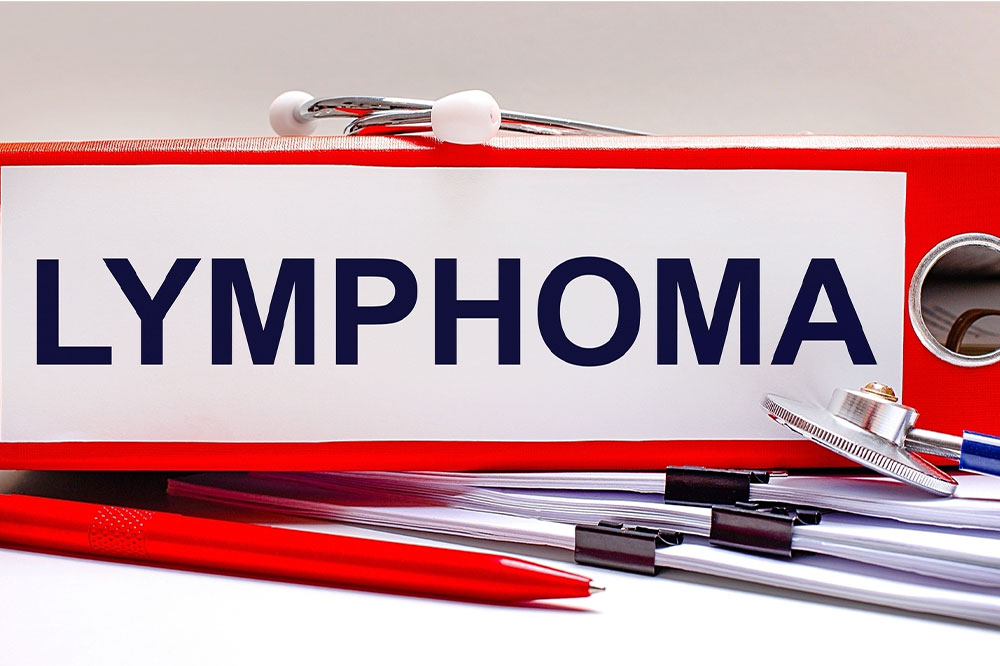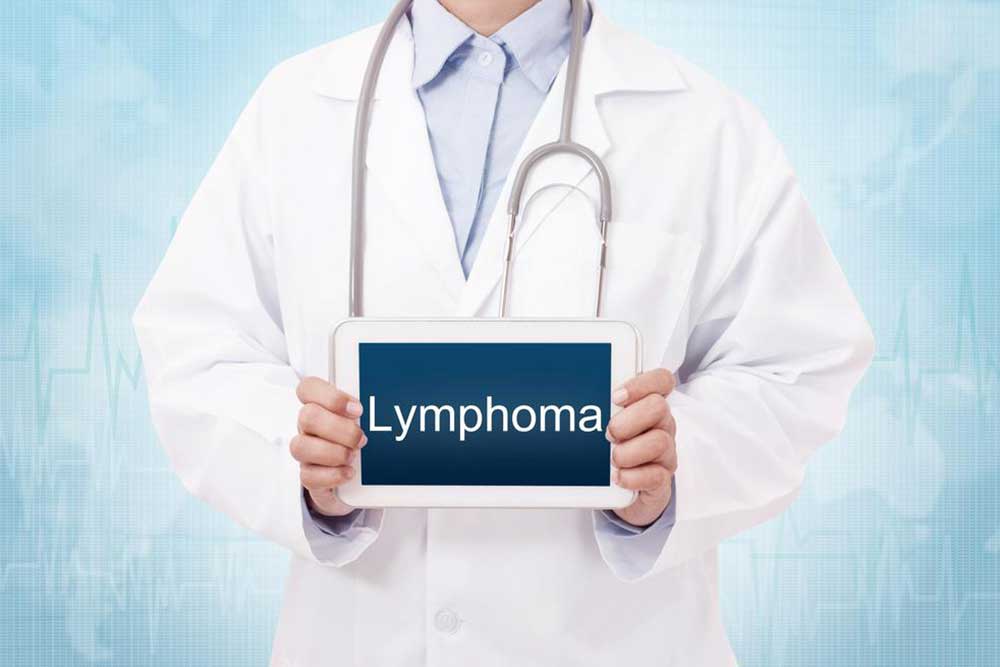Key Factors Impacting Lymphoma Treatment Approaches
This article explores factors influencing lymphoma treatments, highlighting the differences between Hodgkin’s and Non-Hodgkin’s lymphomas, their stages, diagnostic methods, and emerging therapies. It emphasizes personalized treatment approaches and improved survival rates due to advances in medical science, helping patients understand prognosis options and treatment strategies for this diverse group of cancers.

Understanding Factors Influencing Lymphoma Therapy
Lymphoma is a type of cancer that originates in the lymphatic system. The approach to treatment varies depending on whether the lymphoma is Hodgkin’s or Non-Hodgkin’s, along with its subtypes and stage.
Overview of Lymphoma
What is lymphoma?
Lymphoma is a cancer affecting the lymphatic network.
It begins when lymphocytes, a kind of white blood cell, become abnormal.
The cancer cells multiply uncontrollably, invading healthy tissues and impairing normal functions.
What are lymphocytes?
Lymphocytes are vital white blood cells involved in immune defense.
The primary types are B cells and T cells.
Both support immune responses, with T cells also regulating immune activity.
Common lymphoma symptoms include:
Painless swollen lymph nodes in neck, armpits, or groin.
Fatigue
Unexplained weight loss
Night sweats
Fever
Breathing difficulties
If these symptoms persist or are painless, a medical consultation is advised to rule out lymphoma.
Factors Shaping Lymphoma Treatment Choices
Diagnosis of the specific type, subtype, and stage guides the treatment plan.
Differences between Hodgkin’s and Non-Hodgkin’s lymphomas significantly influence therapy options.
Hodgkin’s vs. Non-Hodgkin’s Lymphoma
Hodgkin’s lymphoma primarily affects B lymphocytes.
Non-Hodgkin’s can originate from either B or T cells and is more common.
Annual diagnoses include around 70,000 cases of NHL and 8,000 of HL in the US.
Hodgkin’s has fewer subtypes, whereas NHL features numerous (30-60).
Diagnostic Methods
Microscopic examination of biopsy samples helps distinguish HL from NHL.
The presence of Reed-Sternberg cells indicates Hodgkin’s lymphoma.
These large malignant B cells are named after scientists Dorothy Reed and Carl Mendenhall.
Comparing Treatment Effectiveness
Hodgkin’s lymphoma generally responds better to treatment and is diagnosed earlier.
NHL often presents at advanced stages, making treatment more complex.
Lymphoma Staging
Both HL and NHL progress from Stage I to Stage IV.
Stage I involves single nodes or regions; higher stages indicate wider spread.
For NHL, differentiation between indolent and aggressive forms impacts management.
Personalized Treatment Planning
Choice of therapy depends on lymphoma type, stage, and subtype.
Standard treatments include chemotherapy, radiation, immunotherapy, or palliative care, tailored to disease specifics.
Classical Hodgkin’s treatments vary based on subtypes like nodular sclerosis or mixed cellularity.
Indolent NHL often involves watchful waiting until progression, while aggressive forms require prompt therapy.
Prognosis Outlook
Hodgkin’s lymphoma has seen improved survival rates, with about 86% of patients live beyond 5 years.
Advances in treatments have also enhanced outcomes for NHL, despite its generally poorer prognosis.
B Cell Lymphoma Overview
B cell lymphoma refers to NHL originating in B lymphocytes.
Diffuse Large B-cell Lymphoma (DLBCL) is the most common type.
The survival likelihood depends on disease stage, age, and overall health, with early detection improving prognosis.
Emerging therapies like targeted treatments and immunotherapy continue to improve lymphoma patient outcomes.










